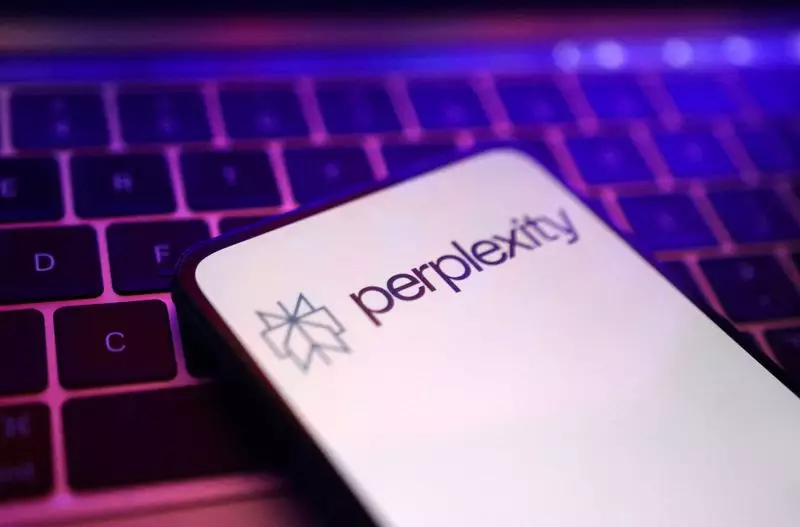In a significant move that could reshape the landscape of social media and technology, Perplexity AI, a relatively new player in the U.S. search engine sector, has put forth a revised merger proposition to ByteDance, TikTok’s parent company. This proposal aims to create a new entity that combines the capabilities of Perplexity with TikTok U.S., capitalizing on the synergies of both companies. The core of this proposal is ambitious: to establish a new U.S. holding company referred to as “NewCo,” which would offer the U.S. government a substantial stake of up to 50% following a future initial public offering (IPO).
Structure and Implications of the Merger
The proposal entails a complex but strategic maneuvering of TikTok U.S. assets and stakeholder interests. ByteDance would be required to divest TikTok U.S. to a consortium of investors, allowing them to hold equity in the new company. However, vital to the proposal is the decision to keep TikTok’s state-of-the-art recommendation algorithm under ByteDance’s control. This exclusion raises questions about the operational dynamics of NewCo and how it will compete in a market that prioritizes personalized content delivery—an area where TikTok excels due to its proprietary algorithm.
Furthermore, for the merger to be successful, the valuation of NewCo would need to hit a staggering $300 billion during its IPO. This ambitious threshold indicates that both Perplexity and the consortium believe in the robust growth potential of a merged entity while acknowledging the substantial risks involved. By proposing to integrate Perplexity within this framework while ensuring its investors receive a stake in NewCo, the plan could provide a safety net of sorts for those involved, leading to an interesting dynamic of interests among various parties.
Political Dimensions and Future Perspectives
The political backdrop of this merger proposal cannot be overlooked. TikTok’s operations in the U.S. have faced tumultuous waves of scrutiny and regulatory challenges, primarily tied to concerns over user data security and national interests. President Donald Trump’s recent comment about reviving TikTok’s access underscores the viability of these discussions as negotiations are intensified behind the scenes. His mention of the federal government’s interest in potentially acquiring a stake in TikTok not only highlights the political significance of this proposal but also underscores the interplay between technology and regulation in the modern era.
While the White House and ByteDance have not officially commented on the merger proposal, the swift progression of discussions signifies a race against time—not only to finalize deals but also to address public and governmental concerns about TikTok. Perplexity AI’s strategic partnership could serve as a pivotal point in mitigating these challenges if it successfully navigates the complexities tied to stakeholder alignment and regulatory compliance.
As the landscape of digital services evolves, the proposal by Perplexity AI represents a daring attempt to forge new partnerships and innovate in a sector that is under constant transformation. The convergence of technology and regulatory frameworks will be critical in determining the feasibility of this venture. If executed successfully, this merger could set a precedent for future collaborations between emerging tech startups and established global powers, reshaping how companies address security concerns while optimizing growth in the competitive marketplace. The coming weeks will be telling not only for the fates of Perplexity and TikTok but for the broader narrative surrounding technology and governance.

